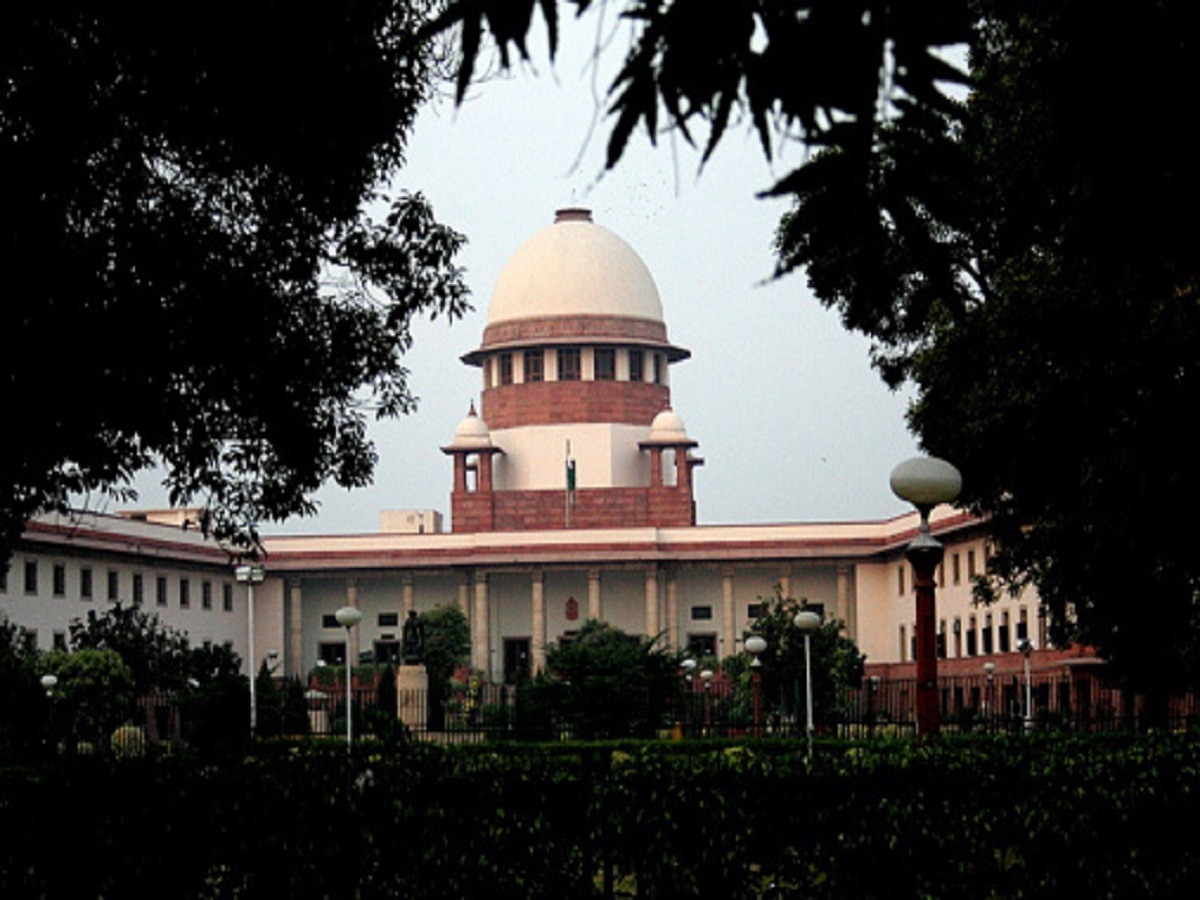The Supreme Court collegium, led by Chief Justice of India DY Chandrachud, recommended to the Centre the names of Andhra Pradesh High Court Chief Justice Prashant Kumar Mishra and senior advocate KV Viswanathan as Supreme Court judges on Tuesday (May 16). If the collegium's recommendation is accepted by the government, Viswanathan will become Chief Justice of India upon the retirement of Justice JB Pardiwala on August 11, 2030, and will serve until May 25, 2031.
According to the five-member collegium, the Supreme Court has a sanctioned strength of 34 judges but is currently operating with 32. In the last two days, two Supreme Court judges have retired: Justices Dinesh Maheshwari and MR Shah.
The collegium, which also included Justices Sanjay Kishan Kaul, KM Joseph, Ajay Rastogi, and Sanjiv Khanna, noted in its resolution that four more vacancies would arise by the second week of July, reducing the working strength of judges to 28.
This year, Justice KM Joseph will retire on June 16, 2023, Justice Ajay Rastogi on June 17, Justice V Ramasubramanian on June 29, and Justice Krishna Murari on July 8.
On December 10, 2009, Justice Mishra was appointed as a judge of the Chhattisgarh High Court. On October 13, 2021, he was appointed as the Chief Justice of the High Court of Andhra Pradesh.
"The Collegium unanimously resolves to recommend that Justice Prashant Kumar Mishra be appointed as a Judge of the Supreme Court of India," according to the resolution. The Collegium stated that it had deliberated and discussed the names of high court chief justices and senior puisne judges eligible for appointment to the Supreme Court.
The term puisne derives from French and means "later born" or "younger".
While recommending Supreme Court appointments, the collegium considered the following factors: the seniority of chief justices and senior puisne judges in their respective parent high courts, as well as the overall seniority of the high court judges, as well as the merit, performance, and integrity of the judges under consideration.
According to the resolution, the collegium also considered the need to ensure diversity and inclusion in the Supreme Court through the representation of high courts that are not or are inadequately represented, as well as the appointment of people from marginalised and backward segments of society. Other factors considered by the collegium included gender diversity and minority representation.


